As a car owner, it’s important to understand the importance of regular car maintenance. Proper car servicing and maintenance not only helps keep your car running smoothly, but it can also help you avoid costly repairs down the road. In this guide, we will cover the top 12 car maintenance tips for every car owner in UAE. Your car is an essential part of your life and should be treated with care. Neglecting basic car maintenance is common when you have a busy schedule. However, with a few straightforward tips, you can keep your car running smoothly and maintain its value when it’s time to sell.
1. Check the oil level often and replace the oil at recommended intervals.
One of the most crucial parts of automotive maintenance is checking the oil level in your vehicle on a regular basis. Oil keeps the engine lubricated and operating properly. The engine of your automobile may suffer harm from low oil levels or filthy oil.
Make sure your automobile is legally parked, with the engine off, before checking the oil level. Find the oil dipstick by opening the hood of your automobile. Reinstall the dipstick into the oil reservoir after removing it and cleaning it with a cloth or paper towel. Check the oil level by removing the dipstick once more. Add additional oil if it’s low.
It’s also important to change your car’s oil at the recommended intervals. The frequency of oil changes depends on your car’s make and model. Check your car’s owner’s manual for the recommended oil change intervals. Generally, it’s recommended to change your oil every 3,000 to 5,000 miles or every three to six months.
2. Keep an Eye on Tire Pressure and Rotate Tires Every 5,000-7,500 Miles
Regularly servicing and maintaining the proper tire pressure is crucial for safe driving and can also improve fuel efficiency. You should check your tire pressure at least once a month using a tire gauge and refer to your car’s owner’s manual or driver’s side door sticker to determine the recommended tire pressure for your vehicle. Additionally, it’s important to have your tires rotated on a regular basis to ensure even wear and prolong their lifespan. The recommended frequency of tire rotation varies based on your car’s make and model, so consult your owner’s manual for guidance. Typically, tire rotation every 5,000 to 7,500 miles is recommended.
3. Replace Air Filters and Fuel Filters at Recommended Intervals
By removing dirt and debris from the air and fuel systems, air and fuel filters are essential for preserving your car’s smooth running. However, they may clog up with time, resulting in reduced performance and gas consumption. Locate the air filter housing beneath the hood, open it, and take the air filter out to inspect it. It must be changed if it is blocked or unclean. Consult your owner’s handbook for advice since the suggested interval for air filter change varies based on the make and model of your automobile. Like air filters, gasoline filters are often found along the fuel line, and each automobile has a different recommended interval for maintenance.
4. Check the Brakes and Brake Pads Regularly
The brakes of your car are an essential safety feature, so it’s crucial to have them checked regularly by a professional mechanic. Signs that your brakes may require inspection include unusual noises such as squeaking or grinding, vibration or shaking when applying the brakes, or a spongy brake pedal that goes all the way to the floor. Brake pads are a crucial component of the brake system that presses against the rotor to bring your car to a halt. Over time, the brake pads can wear down and require replacement, but the frequency of this maintenance depends on the make and model of your car.
5. Test the Battery and Replace it if Necessary
Your car’s battery is in charge of supplying electricity needed to start the engine and run the electrical systems. However, batteries can degrade or lose their charge over time, which can affect how well your automobile runs as a whole. Using a voltmeter or battery tester, check the voltage and compare it to the recommended voltage for the make and model of your automobile to establish the battery’s health. Your car’s battery might need to be replaced if the voltage is below the advised threshold.
6. Inspect the Belts and Hoses for Wear and Replace as Needed
Belts and hoses are vital parts of the engine system in your car. As they age, these components may become worn down, cracked, or damaged, which can lead to severe harm to your car’s engine. To assess the condition of your car’s belts and hoses, inspect them for signs of wear, cracks, or damage. You can also test the hoses by gently squeezing them to check for any leaks or soft spots. If you detect any signs of wear or damage, it’s crucial to have a professional mechanic replace your car’s belts and hoses.
7. Keep the Windshield Wipers in Good Condition and Replace Them When Worn Out
Windshield wipers are a crucial component for safe driving in bad weather conditions as great car servicing can be hard to find sometimes. However, these wipers can become damaged or worn out over time, which can impair your visibility while driving. To ensure that your windshield wipers are functioning correctly, switch them on and inspect for any indications of damage or wear. If your wipers are leaving behind streaks or failing to clear your windshield thoroughly, it’s time to replace them with new ones. Taking prompt action to replace damaged or worn-out windshield wipers can help to ensure that you have excellent visibility and safety while driving in bad weather.
8. Monitor your car’s coolant levels periodically.
Your automobile has to be properly temperature-regulated to function properly, and coolant is an important part of this process. Low coolant levels or unclean coolant can cause serious engine damage if your engine overheats. As a result, it’s crucial to frequently check the quantity and quality of the coolant in your automobile.
Locate the coolant reservoir beneath the hood and check the coolant level there to determine the amount of coolant in your automobile. If the level is low, top it out with extra coolant, but be sure to use the brand and model-specific coolant that is advised.
9. Clean and Lubricate the Hinges and Locks of the Car
As time passes, the hinges and locks of your car can become prone to rust and corrosion, which can cause difficulties in opening and closing them. To keep them in good working order, it’s recommended to use a lubricant to prevent rust and corrosion. Moreover, if you spot any rust or corrosion on the hinges and locks, consider using a rust remover to eliminate it. This will ensure that the hinges and locks of your car continue to operate smoothly and effortlessly.
10. Keep the Car Clean, Both Inside and Out
Regularly cleaning your car is important not only to maintain its appearance but also to prevent rust and corrosion, which can lead to costly damage. Dirt, salt, and other debris can accumulate on your car’s exterior and undercarriage, accelerating corrosion over time. Therefore, it’s important to wash your car frequently using soap and water, and you can also apply car wax to preserve the paint and prevent rust. Additionally, cleaning the interior of your car, including the carpets and upholstery, can help prolong the life of your vehicle and provide a more pleasant driving experience overall.
11. Wax the Car Every Six Months to Protect the Paint
You may protect the paint on your automobile from corrosive elements and dangerous environmental causes by waxing it every six months. Regular waxing keeps the paint looking new and fresh while guarding against outside damage.
Washing and drying your automobile completely will prepare it for waxing. Then, apply the wax using a soft cloth, making sure to work on one section at a time. Wait for the wax to dry for a few minutes, and then use a clean cloth to buff it off. Or taking the car to your nearest car servicing auto garage will suffice too.
12. Check the Transmission Fluid Level and Change it at Recommended Intervals
Maintaining the appropriate level of transmission fluid is crucial to keep your car’s transmission system running smoothly. If the transmission fluid is low or contaminated, it can cause severe damage to your car’s engine.
Locate the transmission dipstick under the hood of your car to check your car’s fluid levels. After removing the dipstick, wipe it clean using a cloth, reinsert it, and remove it again to check the fluid level. Compare the level to the recommended level for your car’s make and model.
It is essential to have your car’s transmission fluid changed regularly by a professional mechanic at the recommended interval, which is typically every 30,000 to 60,000 miles. However, some newer cars may have a sealed transmission that doesn’t require fluid changes, so be sure to consult your car’s owner’s manual for specific instructions.
Disclaimer: Please note that the information provided on this page is for informational and explanatory purposes only and is based on industry experience and secondary sources on the internet.

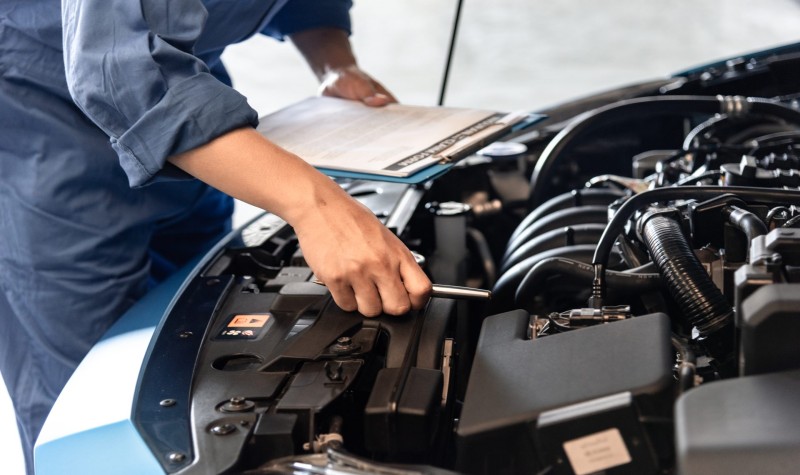 Engine Seized or Locked Up? Here’s What You’re Really Dealing With
Engine Seized or Locked Up? Here’s What You’re Really Dealing With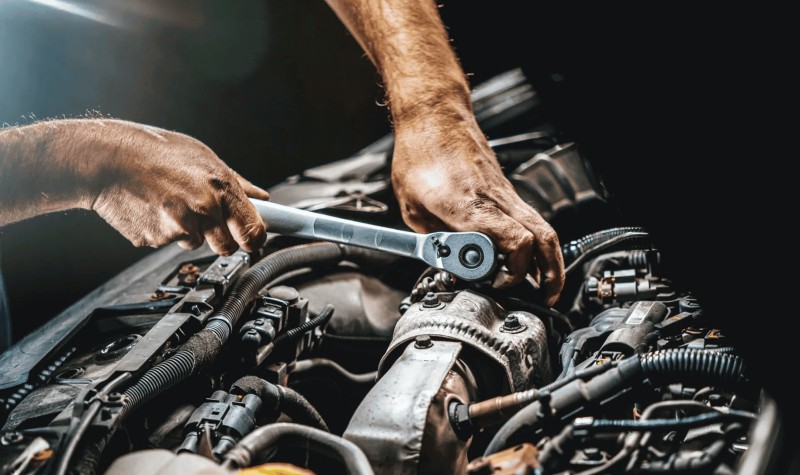 Is It Safe to Drive with Reduced Engine Power?
Is It Safe to Drive with Reduced Engine Power?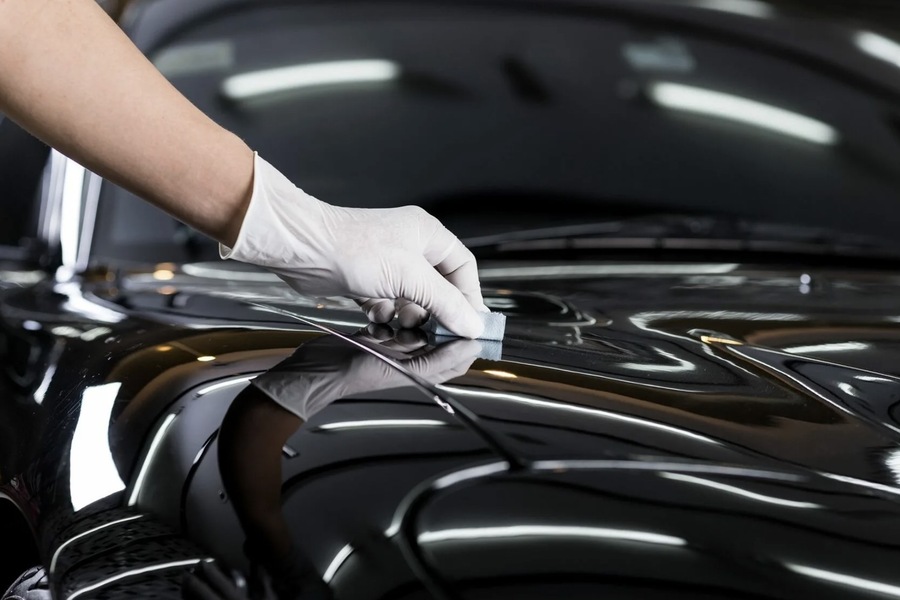 What Type of Car Paint Protection Is Best in Abu Dhabi? | Ultimate Guide
What Type of Car Paint Protection Is Best in Abu Dhabi? | Ultimate Guide How Does Ceramic Coating Protect Your Car’s Paint?
How Does Ceramic Coating Protect Your Car’s Paint? 5 Most Common Oil Mistakes That Might Ruin Your Car
5 Most Common Oil Mistakes That Might Ruin Your Car When Should You Replace Your Tires? Warning Signs You Shouldn’t Ignore
When Should You Replace Your Tires? Warning Signs You Shouldn’t Ignore Common Range Rover Problems and How to Fix Them
Common Range Rover Problems and How to Fix Them How Weather Conditions Affect Your Car Battery and How to Protect It?
How Weather Conditions Affect Your Car Battery and How to Protect It?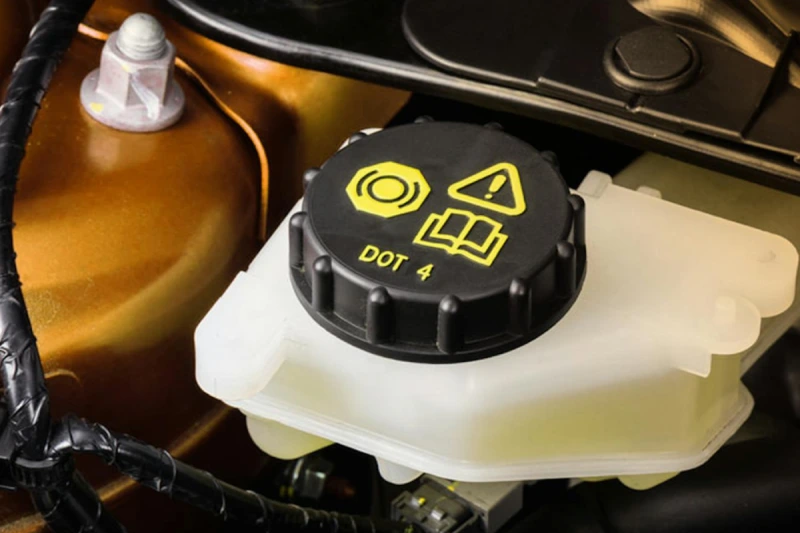 Why Brake Fluid is Essential for Your Car’s Safety in Ras Al Khaimah
Why Brake Fluid is Essential for Your Car’s Safety in Ras Al Khaimah Mercedes-Benz Engine Repair: Common Issues and How to Fix Them
Mercedes-Benz Engine Repair: Common Issues and How to Fix Them Top Signs Your Car AC Needs Immediate Repair in Abu Dhabi
Top Signs Your Car AC Needs Immediate Repair in Abu Dhabi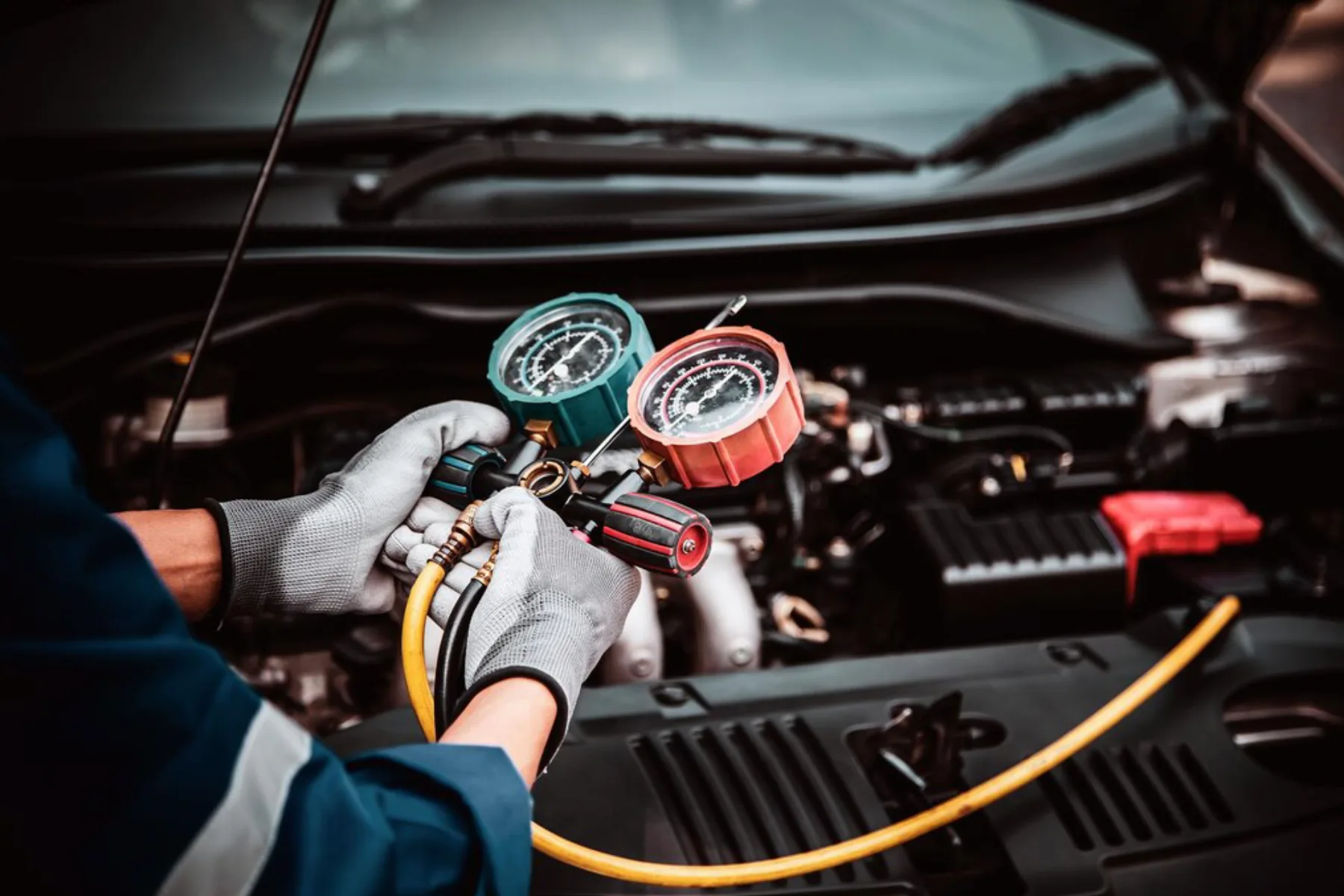 The Ultimate Guide to Car AC Repair: Everything You Need to Know
The Ultimate Guide to Car AC Repair: Everything You Need to Know How to Find a Reliable Car Garage Near Me in Abu Dhabi
How to Find a Reliable Car Garage Near Me in Abu Dhabi Why Car Detailing is Essential in Ras Al Khaimah
Why Car Detailing is Essential in Ras Al Khaimah Windscreen Repair vs. Windscreen Replacement: Which One Do You Need?
Windscreen Repair vs. Windscreen Replacement: Which One Do You Need? Top Signs Your Car Battery Needs to Be Replaced
Top Signs Your Car Battery Needs to Be Replaced The Importance of Regular Tire Maintenance: Tips and Tricks
The Importance of Regular Tire Maintenance: Tips and Tricks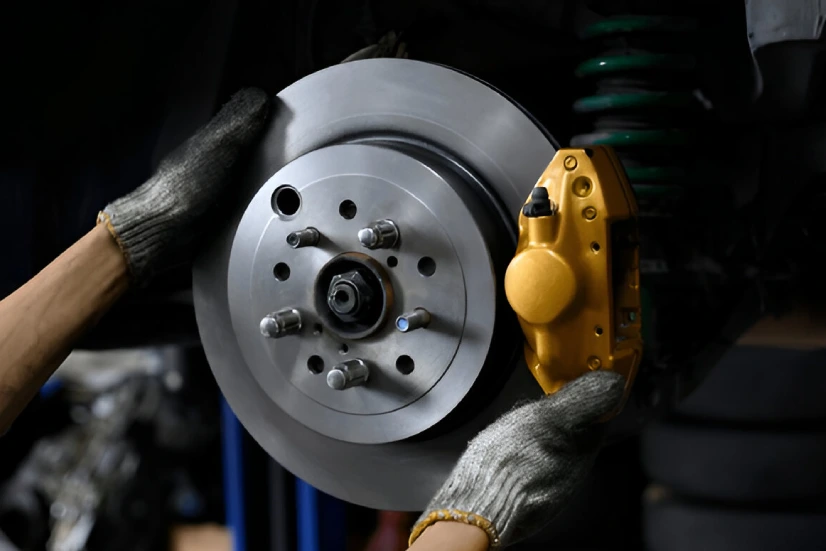 Understanding Brake Issues: When to Repair or Replace Your Brakes
Understanding Brake Issues: When to Repair or Replace Your Brakes What Can One Expect During a Full Vehicle Inspection?
What Can One Expect During a Full Vehicle Inspection?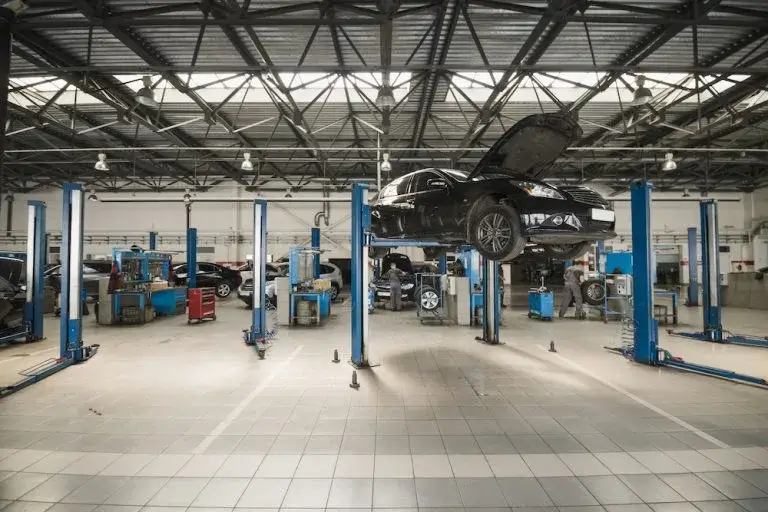 Top-Rated Car Garages in Ras Al Khaimah: A Comparative Guide
Top-Rated Car Garages in Ras Al Khaimah: A Comparative Guide 5 Common Engine Problems and How to Fix Them: A Guide for Car Owners
5 Common Engine Problems and How to Fix Them: A Guide for Car Owners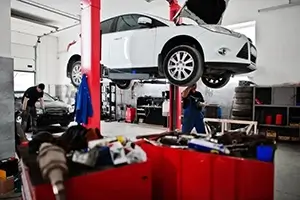 Signs You Need to Take Your Car to the Mechanic
Signs You Need to Take Your Car to the Mechanic Exploring Unusual Smells in Cars: A Guide to Identifying and Resolving Odors
Exploring Unusual Smells in Cars: A Guide to Identifying and Resolving Odors Bespoke Care for Your Range Rover: Understanding the Importance of Regular Service
Bespoke Care for Your Range Rover: Understanding the Importance of Regular Service Quick Tips for Finding the Best Car Mechanic Near You
Quick Tips for Finding the Best Car Mechanic Near You Choosing the right car repair workshop: Factors to consider
Choosing the right car repair workshop: Factors to consider Expert Car Mechanics Near Me: How to Identify Skill and Experience
Expert Car Mechanics Near Me: How to Identify Skill and Experience The Benefits of Regular Car Servicing for Optimal Performance and Safety
The Benefits of Regular Car Servicing for Optimal Performance and Safety Trusted Car Garages Near Me: How to Avoid Shoddy Repairs
Trusted Car Garages Near Me: How to Avoid Shoddy Repairs Preventing Costly Repairs with Routine Car Maintenance and Inspections
Preventing Costly Repairs with Routine Car Maintenance and Inspections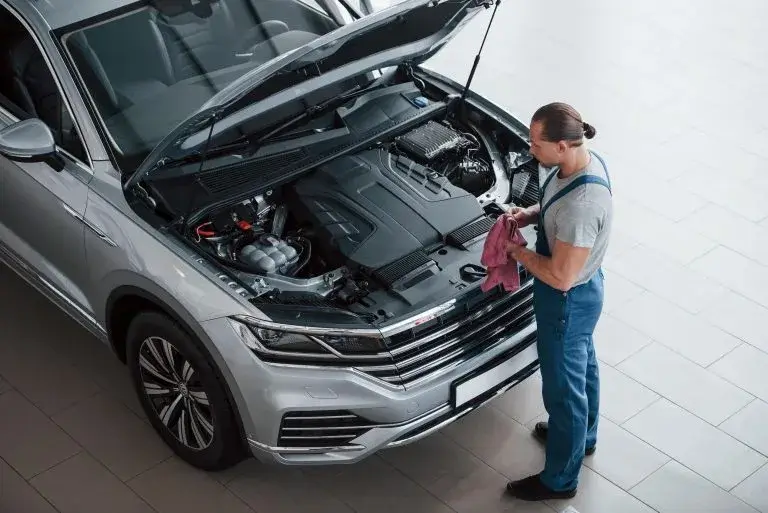 Navigating the Car Repair Industry: How to Find Honest and Affordable Services
Navigating the Car Repair Industry: How to Find Honest and Affordable Services Understanding the Basics of Car Maintenance and Repair for Vehicle Owners
Understanding the Basics of Car Maintenance and Repair for Vehicle Owners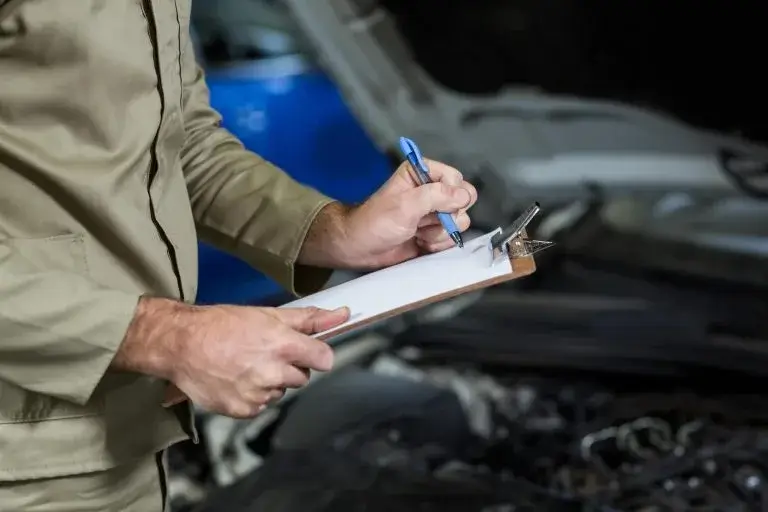 Why regular car servicing is crucial for long term vehicle health?
Why regular car servicing is crucial for long term vehicle health?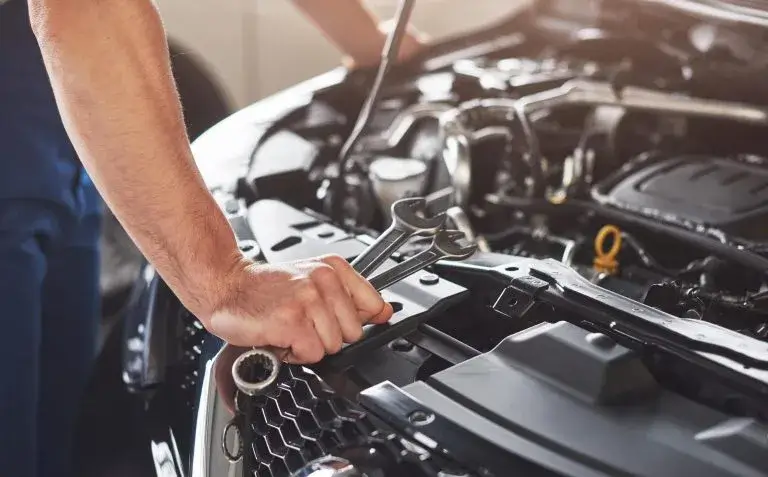 Maximizing the Lifespan of Your Vehicle with Routine Car Maintenance
Maximizing the Lifespan of Your Vehicle with Routine Car Maintenance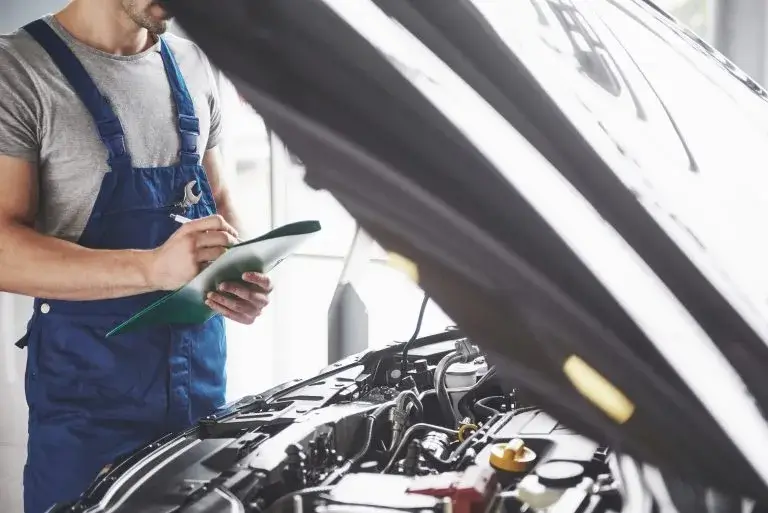 The importance of Pre-purchase car inspections: Don’t buy a lemon
The importance of Pre-purchase car inspections: Don’t buy a lemon